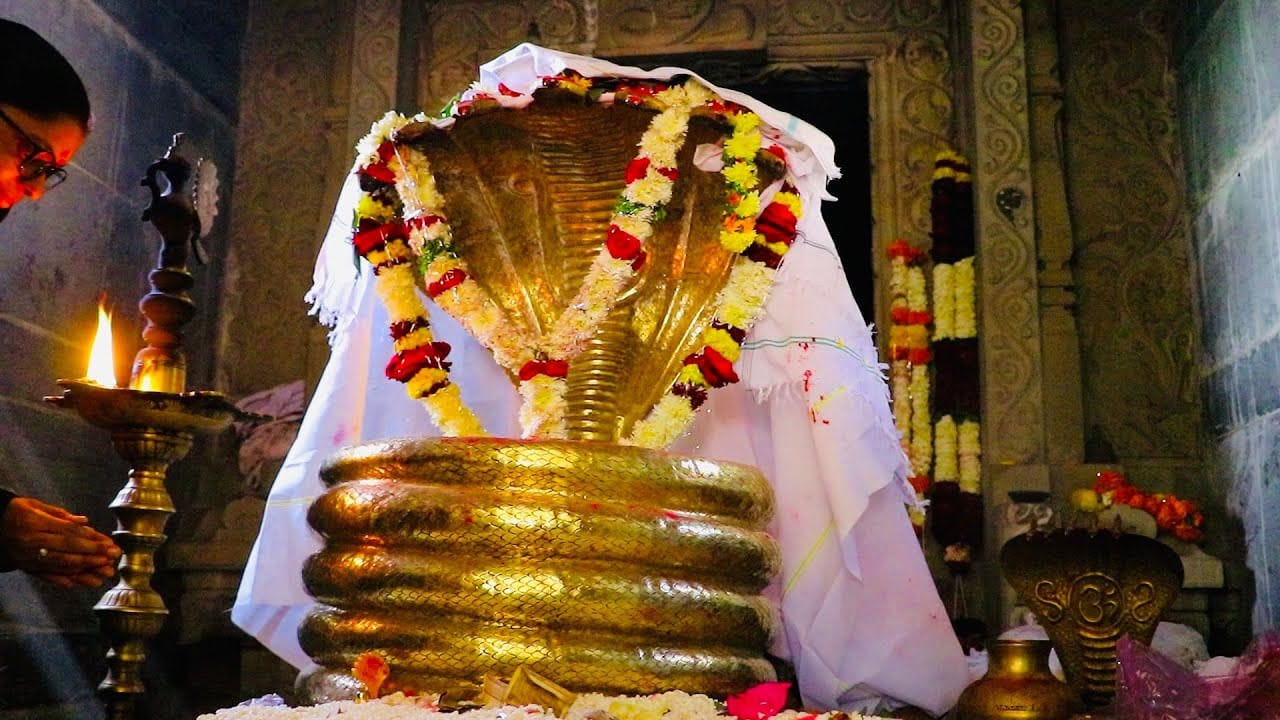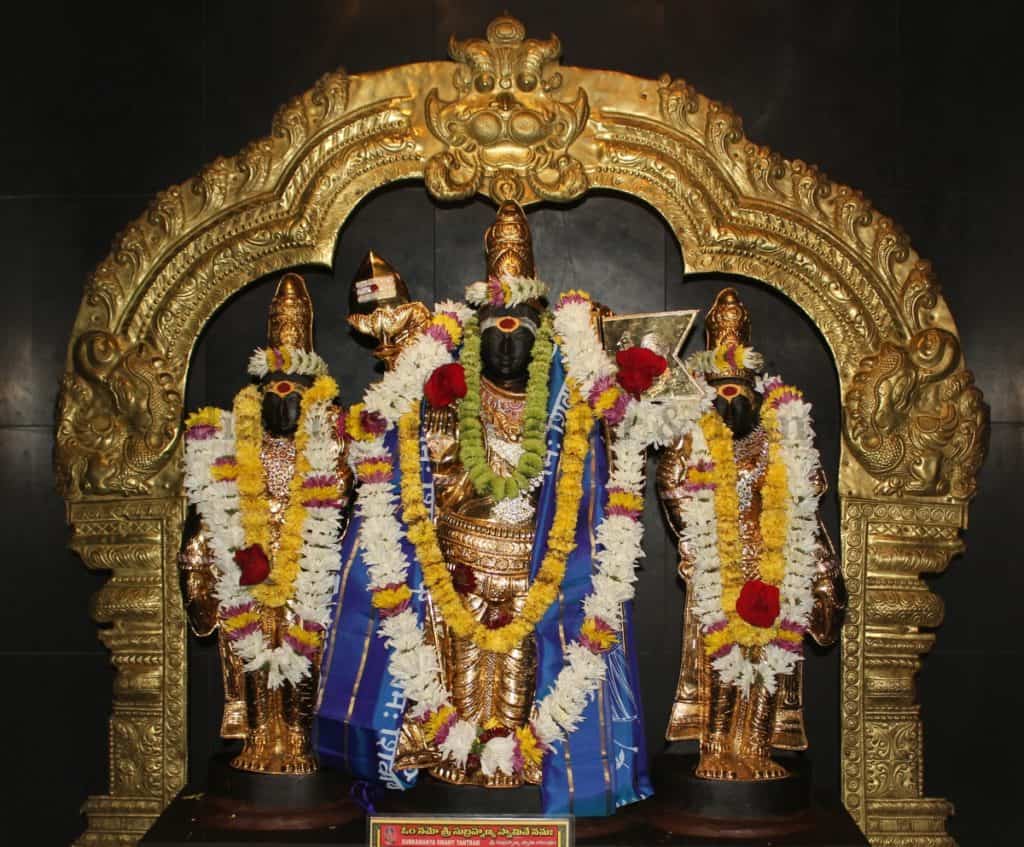India’s spiritual calendar is brimming with rituals that honor the forces of nature. Among them, Nag Panchami 2025, celebrated on July 29, stands out as a deeply revered occasion that pays homage to serpents—beings considered sacred and symbolic in Hindu culture. But while Nag Panchami is widely observed across the country, India also hosts several vibrant and lesser-known snake festivals that showcase its regional diversity, ancient traditions, and the unique ways communities connect with nature and mythology.
What is Nag Panchami and Why is it Celebrated?
Nag Panchami is traditionally celebrated on the fifth day (Panchami) of the Shukla Paksha (waxing phase of the moon) in the holy month of Sawan. This auspicious day is dedicated to Nag Devta, the divine serpent deity often associated with Lord Shiva, Lord Vishnu, and other celestial beings. Snakes in Hinduism symbolize protection, fertility, and immortality.
On this day, devotees across India wake up early, take ritualistic baths, and visit temples or anthills—believed to be natural abodes of serpents. Milk, turmeric, flowers, and sweets are offered to snake idols or live serpents (in some regions), as a mark of respect and devotion. Homes are cleaned and decorated with rangoli patterns of snakes, while hymns and aartis are sung to invoke blessings and protection for the family.
Nag Panchami is especially popular in states like Maharashtra, Uttar Pradesh, Karnataka, Gujarat, and parts of South India, where folklore and spiritual traditions blend beautifully with the natural cycle of the monsoons—when snakes emerge from their burrows.
🐍 Unique Snake Festivals in India Beyond Nag Panchami
While Nag Panchami 2025 is the central festival associated with snake worship, many states in India have their own unique celebrations dedicated to serpents. These festivals, deeply rooted in tribal practices, regional myths, and folk traditions, reflect India’s reverence for nature in its most primal form.
1. Manasa Puja – Bengal & Assam’s Devotion to the Snake Goddess

Observed mainly in West Bengal and Assam, Manasa Puja is a deeply spiritual festival devoted to Manasa Devi, the goddess of snakes, fertility, and healing. The celebrations are inspired by ancient folk tales narrated in the Manasa Mangal Kavya, a medieval Bengali epic.
Devotees, particularly in rural areas, worship clay idols of snakes placed at home altars or under sacred trees. The rituals involve singing traditional folk songs (known as Manasa Gaan) and offering milk, flowers, and fruits. The puja is performed during the monsoon, a time when snake sightings are common, reinforcing the belief in seeking divine protection through worship.
2. Nagoba Jatara – Telangana’s Tribal Homage to the Serpent Ancestor

Held annually in Keslapur village of Telangana, Nagoba Jatara is one of the largest tribal festivals in India. Celebrated by the Mesaram clan of the Gond tribe, this vibrant festival is dedicated to Nagoba, their ancestral serpent deity.
The festival is not just religious but a grand cultural affair. Thousands of tribal families come together for ritual processions, sacred offerings, and traditional dances around the deity. It’s a beautiful blend of spirituality, heritage, and the tribal community’s ancient ties to the natural world. Nagoba Jatara highlights how serpent worship predates organized religion in many indigenous communities.
3. Nagula Chavithi – Andhra’s Post-Diwali Offering to Snake Spirits

Celebrated during the Kartik month (usually right after Diwali), Nagula Chavithi is widely observed in Andhra Pradesh and Telangana. Women of the household perform the rituals with great devotion, offering milk, turmeric, and vermilion to snake burrows or anthills believed to be home to serpent spirits.
This festival is especially popular in rural and agrarian communities where snakes are revered as guardians of the land and protectors of crops. Families seek blessings for good health, a bountiful harvest, and harmony within the home. The act of worship, though simple, reflects a deep ecological consciousness and spiritual respect for all life forms.
4. Subramanya Shashti – Karnataka’s Majestic Temple Festival

Celebrated at the iconic Kukke Subramanya Temple in Karnataka, Subramanya Shashti honors Lord Subramanya, the protector of snakes and slayer of evil. According to mythology, this is the place where Lord Subramanya gave refuge to Vasuki, the serpent king, after a fierce battle with a demon.
The festival falls between November and December, attracting thousands of pilgrims. Rituals like Sarpa Samskara and Ashlesha Bali are conducted to honor serpent energies and seek blessings. The temple atmosphere is charged with chants, fire rituals, and processions, making it a deeply moving experience for devotees.
A Cultural and Spiritual Tapestry of Snake Worship
From the hills of Bengal to the tribal heartlands of Telangana, India’s snake festivals offer more than just rituals—they are reflections of the country’s intrinsic bond with nature and its creatures. These festivals, rooted in respect, fear, love, and mythology, highlight how spirituality in India transcends man-made boundaries.
As Nag Panchami 2025 approaches, let it be more than a single day of worship. Let it serve as a reminder of the timeless traditions that celebrate the earth’s most mysterious beings and the sacredness of life in every form.


